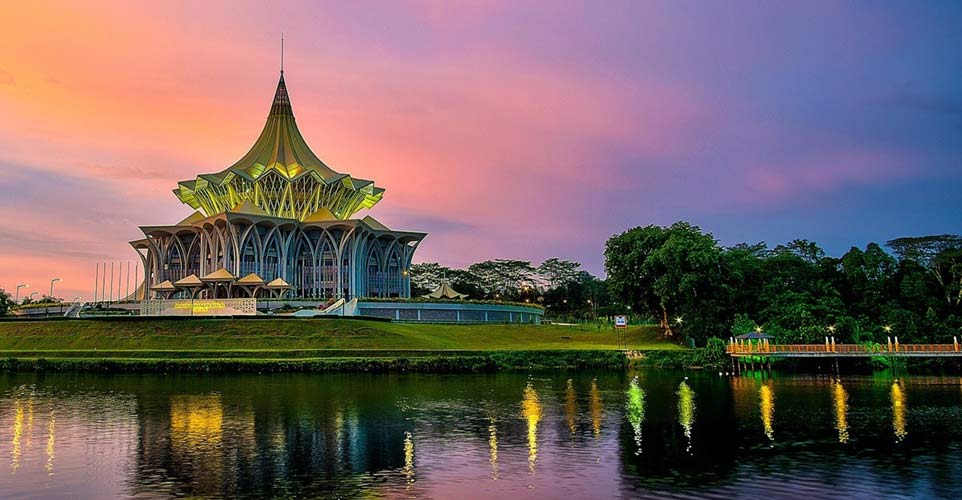Malaysia is an indigenous mix of Indian, Malay and Chinese cultures, and this, coupled with its buoyant economy and natural beauty, makes it an interesting country to visit…
One might say that the practice of Rumab Terbuka, or Open House, a celebration in Malaysia where the locals invite friends of different races into their homes to join in the revelry, typifies the country’s plural society and the amazing diversity of its people. Every year, Malaysia celebrates the Chinese New Year, Awal Muharram, Wesak Day, Deepavali and Christmas, with equal aplomb. Malaysia is truly one vast Open House, with its rich tapestry of local and global races, straddling the Asian continent and the Malay Archipelago, with its age-old cultures of seafarers and traders.
Geographically, too, Malaysia is a study in contrasts. The country is split into two parts, with 11 states in the peninsula of Malaysia and the two states of Sabah and Sarawak in the northern part of Borneo. From its highlands and ancient reefs to its warm, sandy beaches and humid mangroves, Malaysia has all of this. The Federation of Malaysia comprises two parts—Peninsular Malaysia, which is bordered by Thailand in the north and Singapore in the south; and East Malaysia, which includes the two states of Sabah and Sarawak. About 650km of the South China Sea separates the two regions.
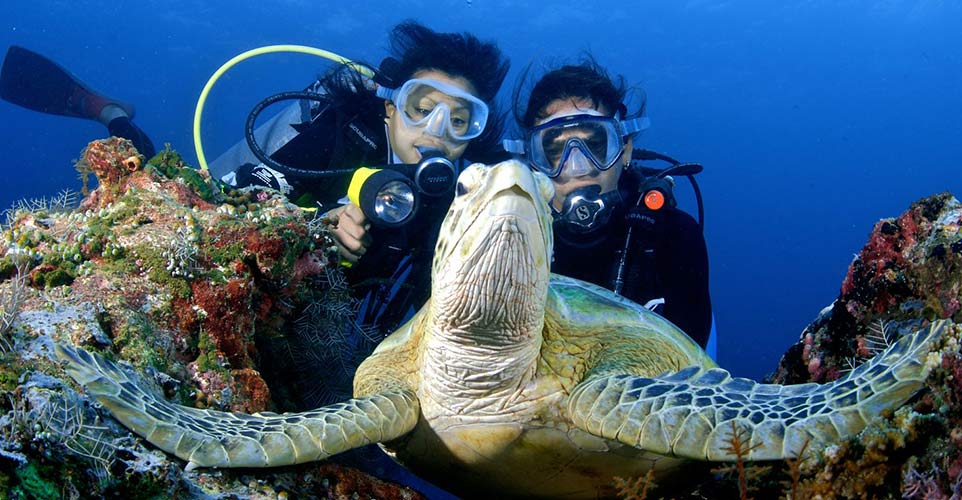
Among all holiday destinations, Malaysia is nonpareil, offering something for everyone. Visitors are continually surprised to find how developed the country is—at once, modern and richly traditional. The capital, Kuala Lumpur, is a progressive, cosmopolitan city that represents the country’s dominant cultures of Malay, Chinese and Indian. Together with the colonial legacy of the British as well as its Moorish influences, KL, as it is popularly known, has one of Asia’s most dynamic cityscapes. The country’s long coastline and its numerous coral-fringed islands, with the Straits of Malacca to the west and the South China Sea to the east, have resulted in a wealth of splendid beaches, such as the well-known Langkawi, Tiloman and Pangkor resorts.
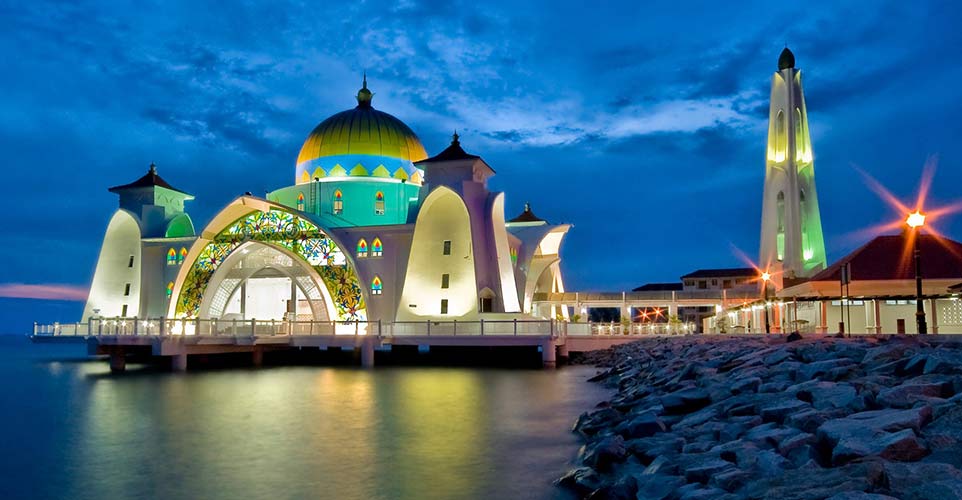
Another famous island is Penang, while further south, Malacca is worth exploring for its historical legacy, museums and ethnic tribes. The states of Sabah and Sarawak are a paradise for nature-seekers and adventurers. Discover Malaysia’s prolific marine life while exploring its underwater world, as also the dense rainforests of Borneo.
Kuala Lumpur
Kuala Lumpur is most definitely a fascinating city; it is the focal point of modern Malaysia, but its vibrant past is very much in evidence as you randomly walk its streets, shopping or sightseeing. You will see that the buildings of Dataran Merdeka and the midnight lamps of Petaling Street night market, are reminiscent of the British colonial era, while the city’s busy streets, its modern office towers and cosmopolitan ambience, exude an unstinted spirit of progress. Kuala Lumpur’s commercial centre is a great meeting place for travellers worldwide.
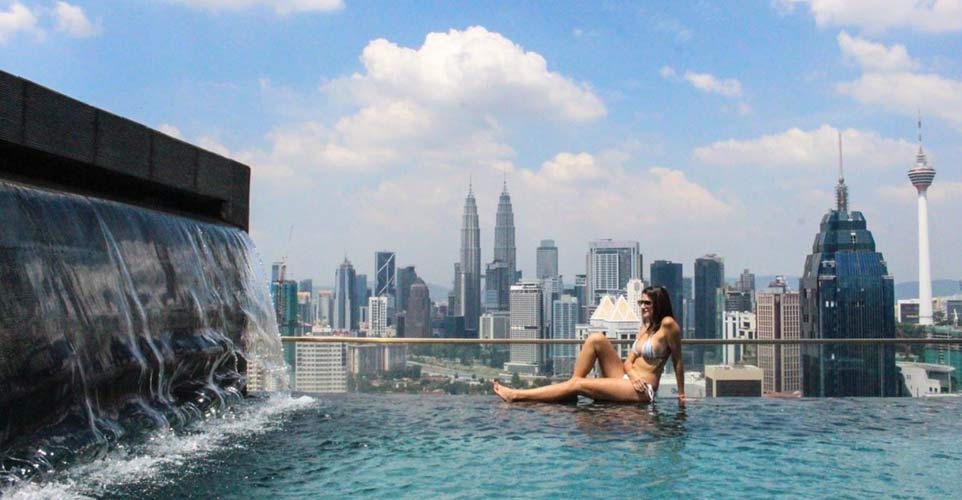
KL’s Lake Gardens will give you a glimpse of Malaysia’s varied and exotic flora and fauna. Central Market, with its music crafts and cultural practices, from Kelantan to Sarawak, is a must-visit. Visit the National Museum to learn about Malaysia’s many-textured cultural history.
Kuala Lumpur’s skyline has changed with the advent of Petronas Towers, one of the world’s tallest buildings at 1,453ft. Inevitably, they have become symbols of the astounding progress that has overtaken Malaysia over the past two decades.
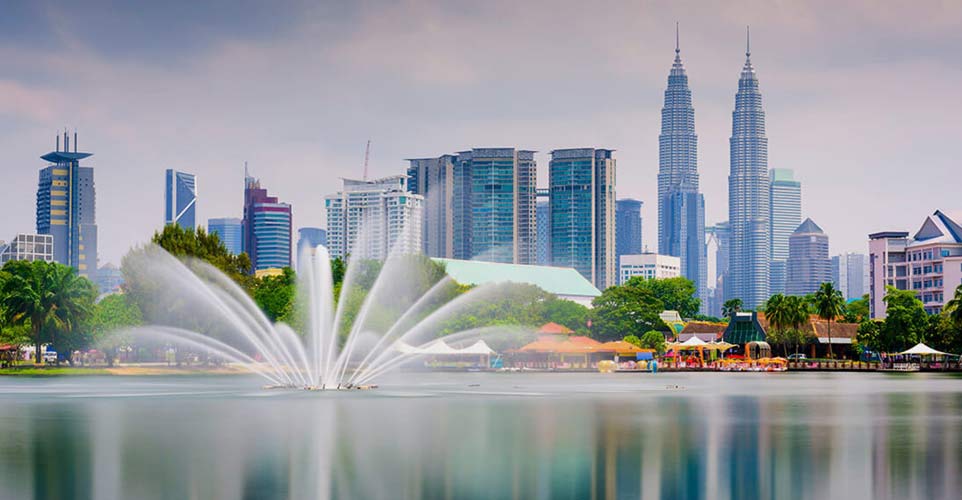
The City Centre, which was originally the colonial administrative centre, where you will find Merdeka Square or Independence Square, the Sultan Abdul Samad Building and Selangor Club. This district also includes Chinatown, the old Chinese commercial centre. Merdeka Square or Dataran Merdeka is held dear by Malaysians, for it was here that the Union Jack was lowered for the last time in 1957, when Malaysia gained its independence. The Sultan Abdul Samad Building housed the offices of the Colonial Secretariat in an earlier time, then served as the first administrative centre of the Malaysian government. Inspired by Islamic architecture, the building houses the courts of law, while the area where the 120-ft-high clock tower stands, is an important meeting-point for the New Year and National Day celebrations.
The Golden Triangle, which also includes the Petronas Towers, is located in the north- eastern part of the city centre, is where you will find the city’s shopping malls, five-star hotels and party spots. Also a must-visit is the KL Tower, which—at 421m—is the fifth tallest telecommunication tower in the world. Below the tower is a revolving restaurant and shops. The observation deck on the top floor provides great city views, and it is actually a few dozen feet higher than the Petronas Towers, since it is built on a hill.
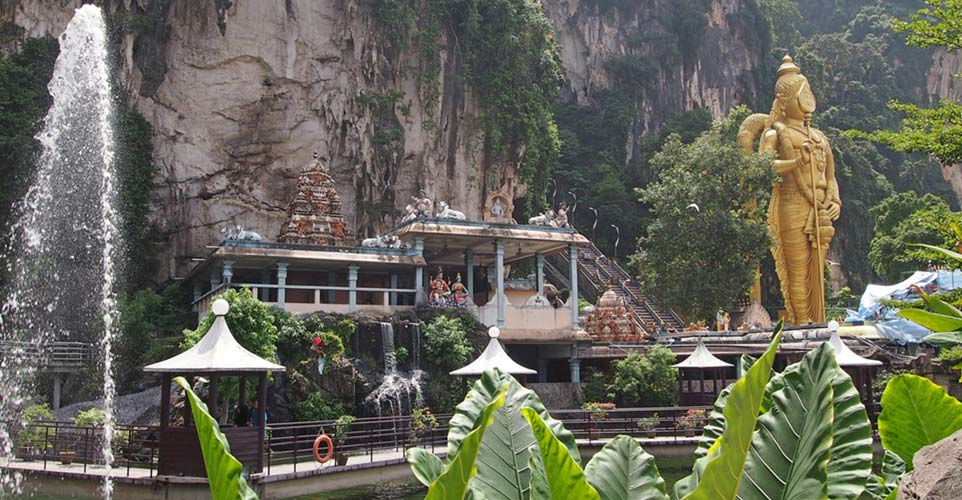
For some traditional shopping, visit the Tunku Abdul Rahman Shopping Centre, north of the city centre. But the Bukit Bintang area in the Golden Triangle is KL’s premier shopping area. Good souvenirs can be found in Central Market, an excellent arts and crafts market, where you will find all kinds of wood-craft, ceramic and clayware, craft fashioned from common and precious metals, all with superb workmanship. Especially noteworthy are the exquisite antique Malay panel carvings or keris, dagger handles, Chinese containers and decorative, and scented wooden items.
To get a real feel of Kuala Lumpur, which is really Malaysia in microcosm, walk the streets and spend some time in the street markets. You will soon learn how Malaysians love food—KL reflects this love affair with food, and you can enjoy the entire range of Malaysian cuisine in the city. Traditional Malay dishes are nasi lemak, a coconut-flavoured rice meal; satay, or marinaded and barbecued meat; beef rending, or Malay-spiced coconut beef, which is a must-have on special occasions; and sambal udang, or spicy prawns, cooked in classic Malay sauce.
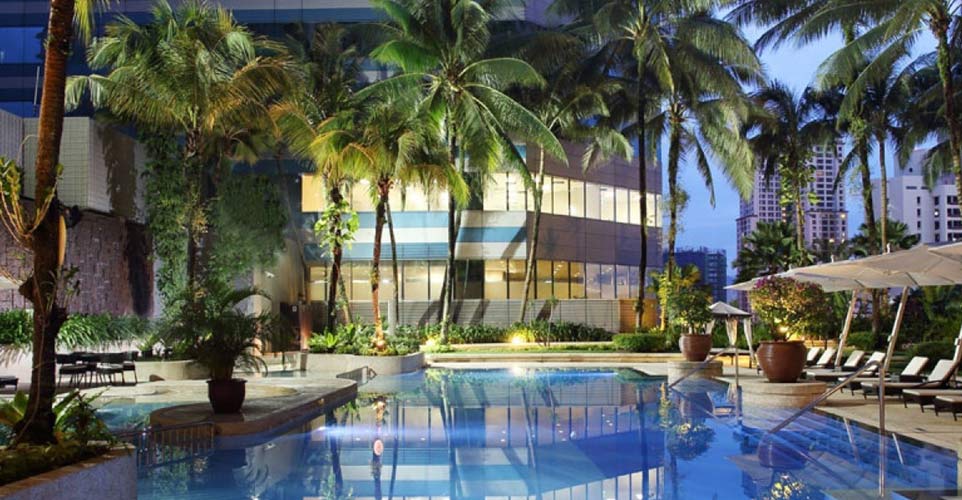
The Batu Caves, located a few kilometres from KL, is a good excursion into the city’s suburbs, especially on the occasion of the Hindu festival Thaipusam, when scores of devotees make their way to the Batu Caves, to appease Lord Shiva’s son, Murugan, whose imposing 130ft tall statue stands at the entrance. What is amazing is the way devotees skewer portable shrines to their bodies as they make their way to the cave.
Langkawi
Langkawi is the largest of a multitude of 99 islands in the Andaman Sea and is located in the Kedah region of Malaysia. With its sun-kissed beaches and clear blue skies, Langkawi presents a back-to-nature experience, with its waterfalls and mysterious caves. The beaches of Datai, Kok, Burau Bay and Tengah are scenically beautiful, while the variety of aquatic life at the Underwater World, the country’s largest aquarium, will leave you spellbound.
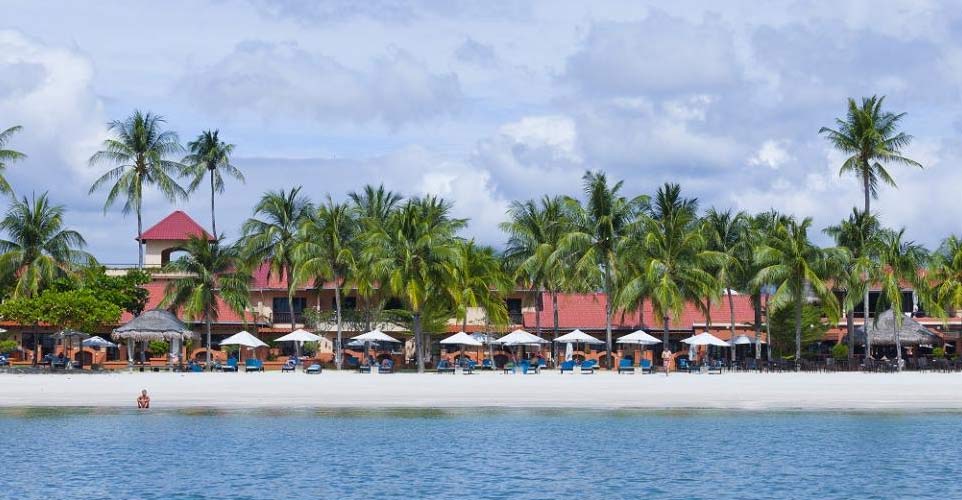
Genting Highland
East of Kuala Lumpur, just 50 km away, is a well-developed hill resort called Genting Highland. Located at almost 2000m above sea-level, it provides a welcome respite from the heat and humidity of KL. Lush, green tropical rainforest, shrouded in a veil of perpetual mist, is the hallmark of this resort, which provides all the luxury, excitement and hoopla of an international resort. This hilltop city also has the country’s only casino.
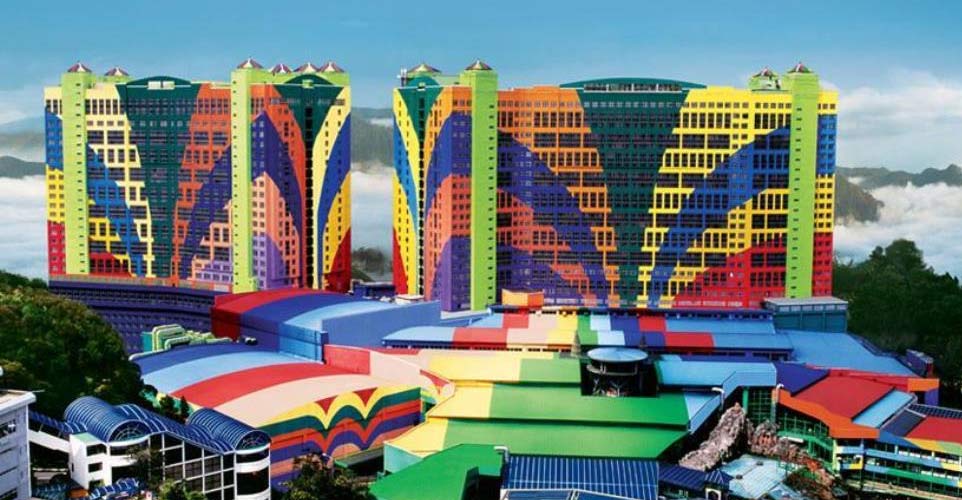
Genting also houses Malaysia’s biggest theme parks—amongst them, the Genting Indoor Theme Park, with its exciting video arcade games; and the Outdoor Theme Park, with its spectacular rides. If you’re a golfer, the Awana Genting Highlands Golf & Country Resort provides an 18-hole golf course, listed as one of the world's top 100 courses and one of the most picturesque in the region.
Penang
It isn’t called “The Pearl of the Orient” for nothing. Penang’s luxurious beach resorts, its old-world charm and its potpourri of cultures, have combined to give it this epithet. The state is one of Malaysia’s most famous resort destinations. Georgetown, its capital, is a fascinating metropolitan city, with its historical and cultural landmarks.
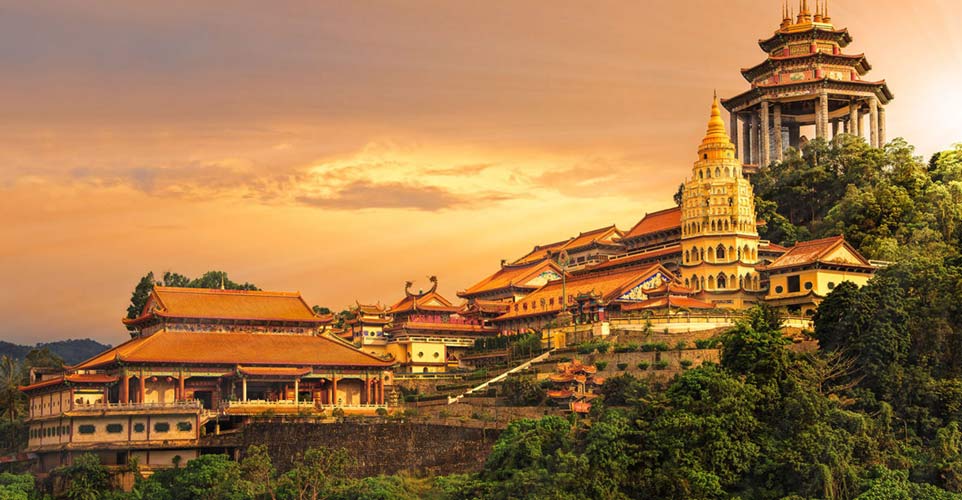
Penang lies off the northwestern coast of peninsular Malaysia and is separated from the mainland by a channel, which is linked by the long Penang Bridge. A 24-hour ferry service is available to travel to and fro. The beaches are unbelievable, particularly Batu Ferringhi, northwest of Georgetown. There are banana boatrides, canoeing and jet-skiing to be enjoyed, and when the sun sets, it is bazaar-time, with enterprising vendors selling everything—from curios to batik paintings.
Sabah
Embraced by the South China Sea on its west and the Sulu and Celebes seas on its eastern coastline, Sabah stands at the gateway of Borneo and showcases diverse cultures, an unremitting rainforest and age-old caves. Its sweeping coastline is a paradise of inviting beaches and island retreats. The capital, Kota Kinabalu, has high-end properties, such as the Shangri-La Tanjung Aru Resort and the Sutera Harbour Resort and Spa, which offer spectacular views.
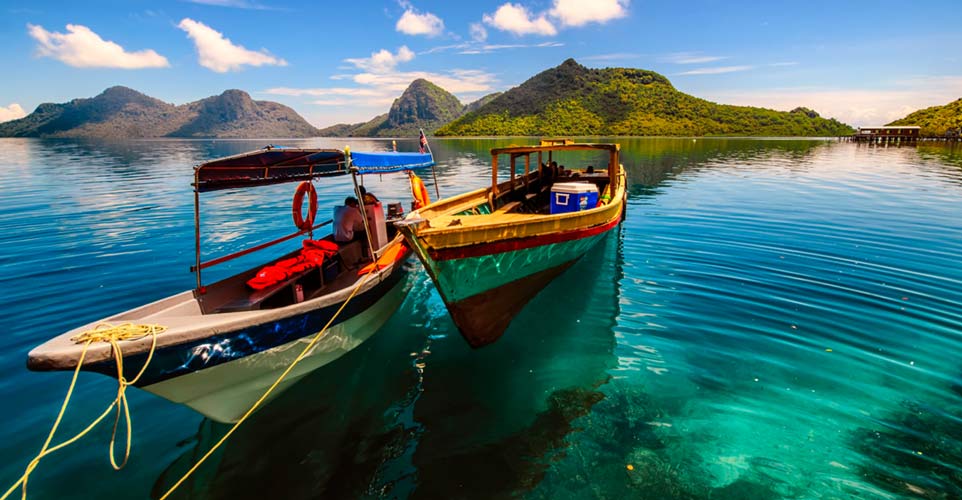
Sarawak
It is the largest state in Malaysia and has a coastline that runs 700 km along the north-western side of Borneo. Sarawak’s magnificent beaches and natural attractions make it hugely popular with visitors. The national parks, with their sandy beaches, have such rare animal species as the long-nosed proboscis monkey.
